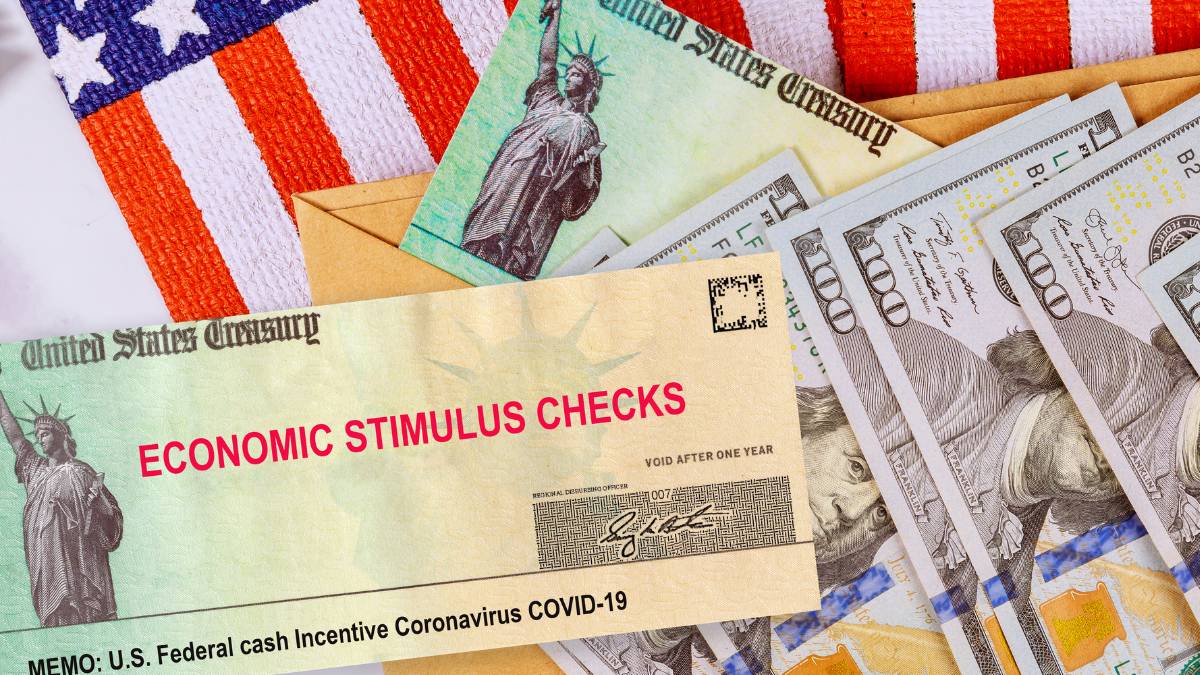You may not remember it, but on March 27, 2020, the United States Congress passed the Coronavirus Aid, Relief, and Economic Security Act, also known as CARES Act, a gigantic $2 trillion package that was intended to mitigate the economic effects of the Covid-19 pandemic. This rule authorized direct payments of up to $1,200 for individuals, $2,400 for couples, and $500 for each qualifying child.
In addition to everything mentioned above, American citizens abroad were also included as potential beneficiaries, so it is not just for those who were currently living in the United States. This way, no one was left out of the federal government’s efforts to help American families, no matter where they are.
The requirements to receive the 2021 unclaimed stimulus checks
The Recovery Refund Credit works as a retroactive adjustment. While the initial amount of the stimulus was calculated based on 2018 or 2019 income, the final value is determined based on 2020 adjusted gross income. This allows those who had salary reductions or changes in their tax situation to claim uncovered differences.
To receive the funds, the IRS established requirements to have filed tax returns in 2018 or 2019, or to register before November 21, 2020. However, those who did not meet these deadlines still have an alternative: claim the Recovery Refund Credit when filing their 2020 return.
Experts highlight that this credit is refundable, which means that even expatriates without tax obligations can receive it. In addition, it is not subject to withholdings for previous debts with federal agencies, unlike other tax benefits.
What else should you know about the 2021 stimulus checks?
According to data from the State Department, nearly 9 million Americans reside outside the country. Many of them are unaware of their right to claim the economic stimulus, especially those who have not filed recent returns. The organizations recommend reviewing the income thresholds: $75,000 for individuals, $112,500 for heads of household and $150,000 for couples.
Those who exceeded these limits in 2018 or 2019, but reduced their income in 2020, could receive adjustments. For example, a single taxpayer who had income of $80,000 in 2019 and dropped to $70,000 in 2020 could claim an additional $1,200.
The 2020 tax season began on January 27, 2021, the date from which taxpayers can request the credit. The process involves completing Form 1040 or 1040-SR, along with the RRC (Rebate Recovery Credit) Schedule. Those who have already received a partial payment must declare the amount obtained to avoid duplication.
Check your eligibility right now, because you have until April 15 to claim that stimulus check. If you let that date pass, you will lose that money forever, and it will become the property of the United States Treasury, without the possibility of subsequent claims.




